Table of Contents
These basic interior design rules cover the layer of decoration on the interior of space within a building, be it residential or commercial, so while most designers and architects will say there are ‘no rules to design‘, there are still some fundamental design decisions we should consider before beginning to decorate and plan our dream home.
While there’s certainly no one-size-fits-all formula, there are still a few basic principles we should master if we want to curate a beautiful home that is fit for family life. After all, the whole purpose of interior design is to create a room or rooms that answer the needs of the individuals living in them, whilst also reflecting their personalities with good design, space, and functionality.
A well-planned and well-designed interior design scheme not only looks beautiful but should also improve your quality of life. Even if you’re not currently renovating or redecorating, these interior design tips could help inform your existing space – from choosing furniture and color palettes to the ergonomics and light levels to consider, and everything else in between.
Get ahead with home decor ideas and advice from the world’s best interior designers, and discover how to bring the latest interior design trends to every room, with our back-to-basics design rules that will truly elevate your home in 2023.
Basic Interior Design Rules To Follow
‘Interior design is an intricate and extremely personal process; however, there are a few key things you can do to get started,‘ explains interior designer Emma Sims Hilditch, founder of Sims Hilditch.
Any project can be clearly defined by having solid rules in place. These design standards exist to help you accomplish harmonious interiors that convey character. So, to help you comprehend the basic principles of interior design, we delve into each of them in detail below.
1. Know Your Space
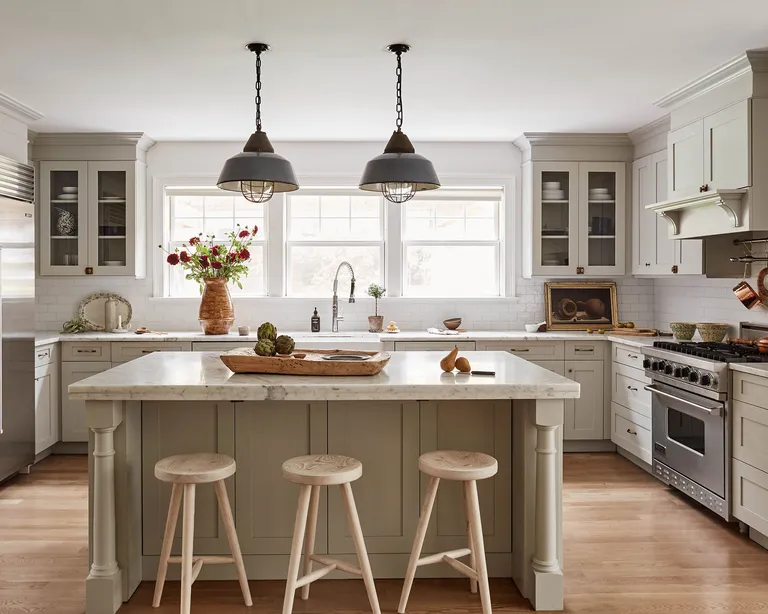
Interior design is a broad church that covers everything from the intricacies of the color wheel to more practical tips around furnishing your home for functionality. Therefore, we always advise that you know your space well before you make any changes.
‘We always encourage our clients to live in a space first before they make any expensive or architectural changes,’ says interior designer Samantha Todhunter. ‘It is important to not only understand the circulation and flow, but also to define what it is you need from your space, and how you would like it to perform.’
Emma Deterding, founder and creative director of Kelling Designs, agrees: ‘The goal of space planning is to create efficiency. For us, this means eschewing current trends and dictums, including unnecessary or impractical home additions. ‘We’re finding that most of our clients come to us thinking that they want to replicate the latest interior trend,’ she says. ‘We often try to guide them toward longer-term, liveable solutions.’
2. Put Comfort At The Forefront Of Your Design Philosophy

This may seem obvious, but it is easy to forgo comfort in the name of fashion. We’ve all been there, so instead, think about making your home as liveable and luxurious as possible. Pay no mind to outdated decorating rules, and remember that comfort is key.
Fashions and fads fade, so don’t get drawn into trying to make your space look ‘cool‘ or so ultra-modern that it no longer resembles a home. ‘It is vital to add practicality and livability to a home renovation project. A house must respond to the needs of its occupants; therefore, always design with purpose.
‘A comforting, cozy room will soothe the soul,‘ says Tamsin Johnson, Australian interior designer and author of Spaces for Living. If you want to up the comfort factor in your home, then think about using texture in interior design to add further depth and dimension.’
‘Natural textures, whether they are stone or wood or linen, can help to anchor a minimal space. It means that the overall look doesn’t feel too contrived, uptight, or overly designed. They bring a laid-back quality that always works well.
3. Consider Flow And Circulation
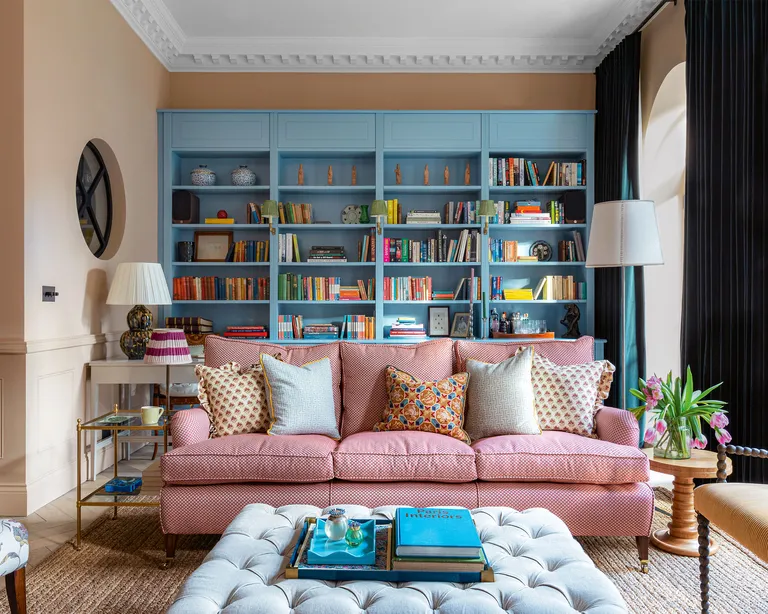
Before bringing furniture and furnishings into your home, it is vital that you first think about how you will use the space. ‘Care needs to be taken to watch the traffic flow,’ says Suzanne Duin, founder of Maison Maison. ‘This is particularly important if the space you are designing is multipurpose.‘
‘The flow is entirely dependent on the space available, how you plan to use it, and how often,’ says Oana Sandu, lead designer at Blakes London. ‘Think about circulation: Where do you want people to congregate? Do you plan to entertain in said space? Will it be used for at-home work? Make sure that your design factors enough space for everyone to move around freely without interruption or annoyance.’
4. Play With Scale
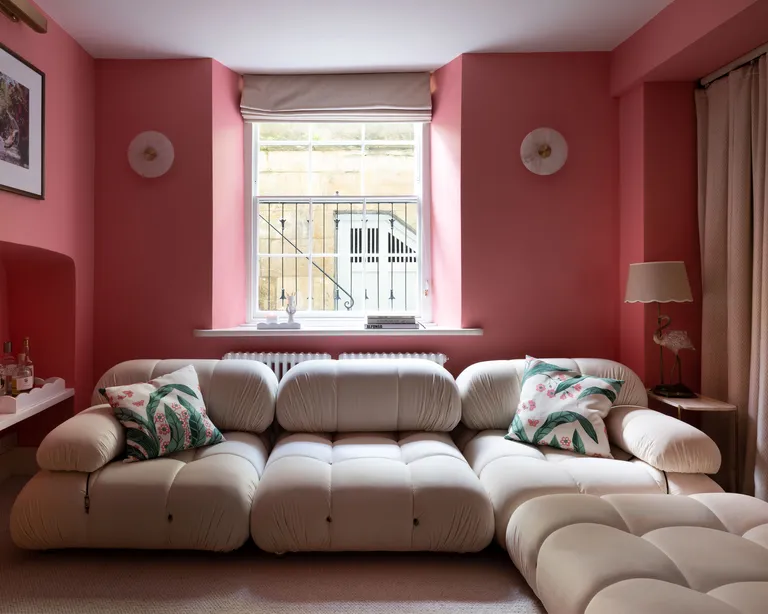
Playing with scale in interior design is a trick that interior designers and decorators use to create a high-impact space. Often, people wrongly assume that small rooms should have equally small furniture when, in fact, it is quite the opposite – the bigger, the better.
Upscaling can be done simply – with a piece of furniture, artwork, a lamp or pendant light, a pattern on a cushion, or an accessory within a room – or it can be created with a more complicated approach, with wallpaper or tiles.
In either case, it will help your scheme reach a whole new level – and it’s a technique the world’s leading interior designers employ to fabulous effect. Playing with proportions also has the power to make a large room feel cozy and intimate, but upscaling can also make a small room feel a whole lot larger and more impactful than it really is, and of course, a super-sized feature is instantly attention-grabbing.
5. Achieve Balance
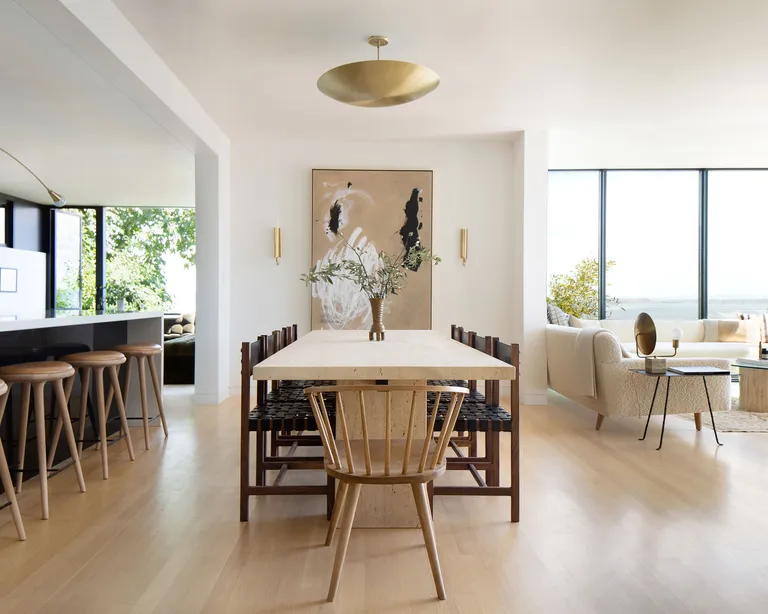
Balance in interior design should inform the very essence of your room. ‘It is one of the most important concepts in all of my projects,’ says New York City-based interior designer Phillip Thomas. ‘Balance is a principle of interior design that visually stabilizes a space. It is the harmonious arrangement of components – it ensures that no single element in a room overpowers another in terms of visual weight or dominance.’
When designing any space, no matter how big or small, a vital consideration is a balance – perhaps particularly in an open-plan room where the aim is to create a space for the entire family. To do this, says designer Joyce Downing Pickens of JDP Interiors, be sure to have a single highlight color – or a hero design if it’s a pattern – and layer it with others in smaller scale or quieter styles to ensure there is a focus on the highlight tones.
Pale-toned wood, leather, and metal elements, combined with the correct balance of scale and color, work together to great effect. I’m particularly fond of this calming design. It is so versatile; the art, chosen to harmonious with its surroundings, helps to anchor the scheme.’
6. Consider Color
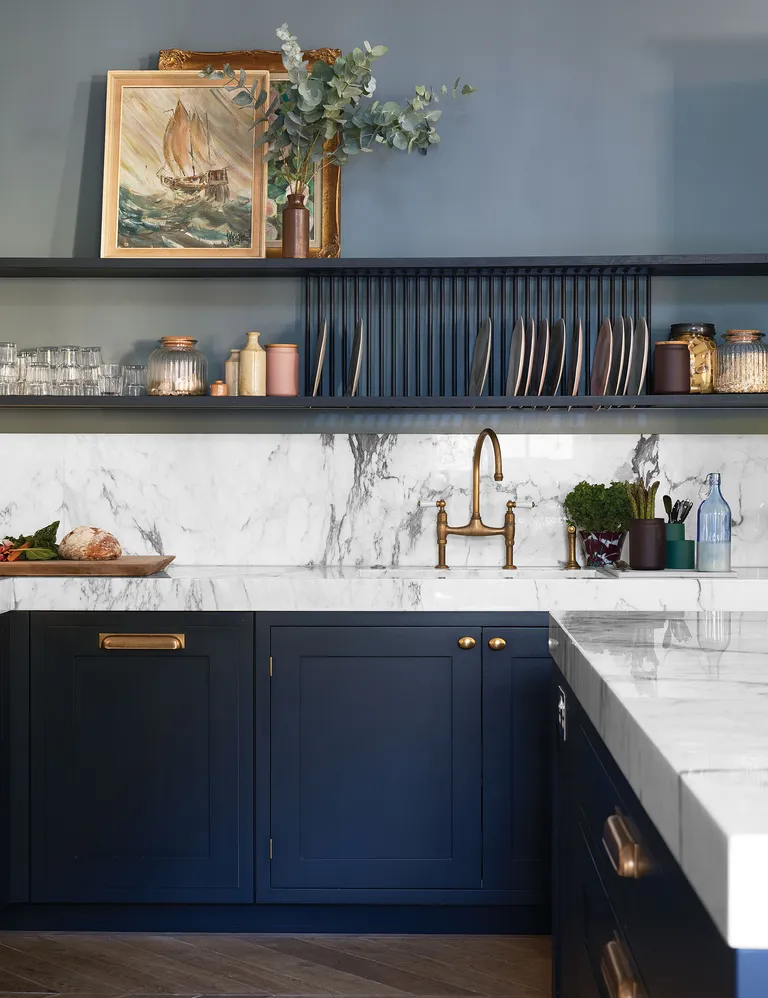
Choosing the right shade for a space can present endless choices and subtle nuances to understand and overcome; therefore, getting your room color ideas just right is crucial.
Color theory in its entirety can be complicated, but there are a few basic principles to help steer you in the right direction, explains Patrick O’Donnell, brand ambassador for Farrow & Ball. As well as the meaning behind each color, light, and contrast are good places to focus.
When choosing a room color, a key factor is light, and the best way to address this is by considering the aspect of the room. ‘As a general rule, to lighten up a north-facing room, avoid anything with a green or grey base or don’t fight it and paint it dark, which creates a cozy and cocooning feel,’ says Patrick. Meanwhile, using soft, pale tones is a great way to maximize the feeling of light and space in a south-facing room. Light in west-facing spaces is cooler in the morning and brighter in the afternoon, so warm tones will work well, while light blues and greens can have a calming effect on east-facing rooms.
Designers also talk about another element when using color: contrast. As a result, don’t be tempted to lean on analogous colors – those that sit side-by-side on the color wheel – the result will be harmonious but might lack in vitality. Equally, a scheme based on complementary colors will result in maximum contrast but will need to be softened by neutrals.
7. Layer Up With Textural Elements

This final basic design rule may seem trivial, but using texture in interior design can make or break the final look.
Creating texture is not simply just about how decor and soft furnishings feel, but it’s also about ‘visual texture’ – using different materials to add interest and breathe life into a room. Quite simply, without texture, a space will fall flat. It’s crucial to look at the room as a whole and bring an area together with mixed materials for vibrancy and warmth. It’s a way of adding depth and dimension to a room as well as comfort.
Interior designers often use texture in the form of tactile objects like fabrics, wood, and stone to add physical comfort and visual interest to a space. Mixing materials and layering in interior design is key to making textural elements work.
Becca Casey, of Becca Interiors, explains: ‘Texture is all about creating tactile moments that delight the senses. It refers to the feel, appearance, or consistency of a surface or material. Using plenty of texture will also help to stop a space from one one-dimensional and shallow.’
Layering textures helps to add depth, too. ‘The layering of materials, colors, and shapes all amount to give your interiors an overall texture which can define the look and feel of a space,’ says Martin Waller, co-founder of Andrew Martin.

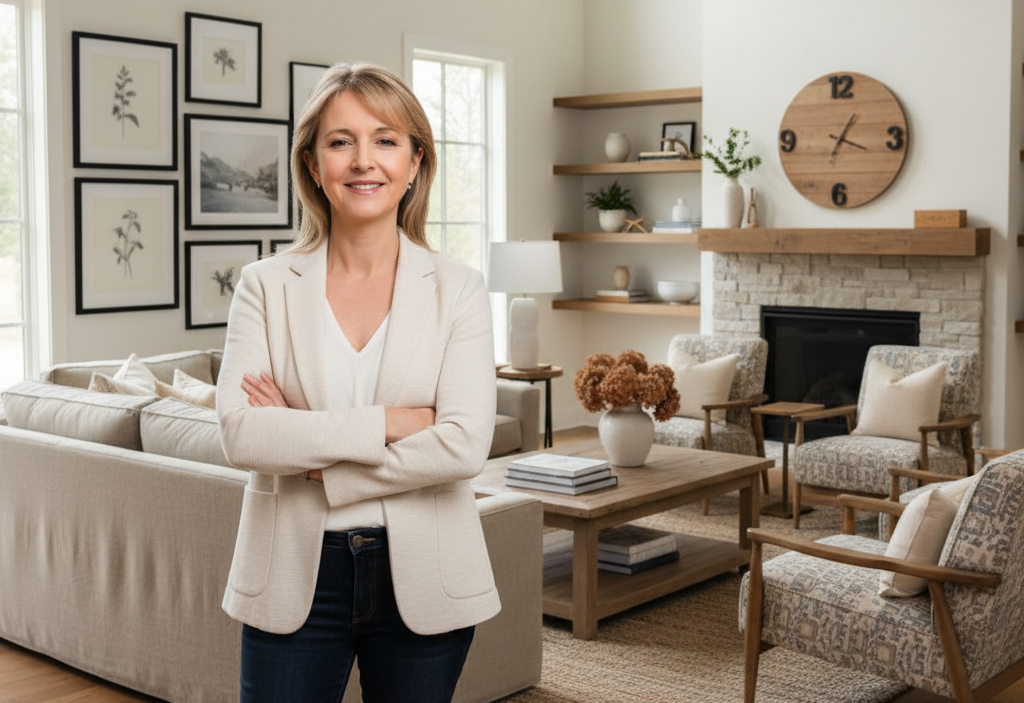
2 comments
[…] you get started on decorating with neutrals, take a moment to understand the right undertones for light […]
[…] Decorating with neutrals is perhaps the easiest and most flexible way to play with hues. Every color on the color wheel goes with white, although you may want to go for a warmer white that helps create a more soothing scheme. A crisp, pure white can look a bit clinical and make the interior feel stark. […]